The work of preserving and promoting the value of cultural heritage in Ho Chi Minh City has achieved many positive results in recent times. According to the report for the period 2021-2025, the city has restored, embellished and promoted the value of 83 relics, works and locations in the inventory list. The total investment capital is about 1,422 billion VND, of which the central and city budgets account for more than 980 billion VND, the rest is socialized capital.
Ho Chi Minh City also builds a strategic orientation in line with the Government's conservation program. The inclusion of the Cu Chi tunnels in the list of proposed world heritage sites is considered an important step forward.
At the same time, the digital transformation process in the heritage sector is being accelerated, helping to innovate museum displays and attract visitors. The consolidation of cultural institutions also supports better connection of heritage resources and the development of tourism and culture.
There are still many limitations that need to be removed.
In addition to the results achieved, the progress of compiling records and ranking the city's relics in recent times has been slower than in previous periods. The dossier requesting UNESCO to recognize Cu Chi tunnels as a world heritage site has not been completed yet; the fund for preserving cultural heritage has not been established on schedule.
Ho Chi Minh City has not effectively mobilized social capital for relic restoration; lack of regulations and priority criteria has caused some relics to continue to deteriorate. Heritage communication and promotion work is not commensurate with potential.
Notably, the city has yet to establish an inventory of intangible heritage, which directly affects the preparation of dossiers to be included in the list of national intangible cultural heritage.
At the grassroots level, the heritage team is still small; the qualifications of some staff do not meet professional requirements, especially in complex conservation and restoration techniques.
Shifting thinking from “static conservation” to “living heritage”
At the city-wide Cultural Heritage conference held on November 24 by the Department of Culture and Sports (DOC) of Ho Chi Minh City, Associate Professor Dr. Dang Van Bai - Vice Chairman of the National Cultural Heritage Council - emphasized that Ho Chi Minh City needs to fundamentally change its strategic thinking in heritage conservation.
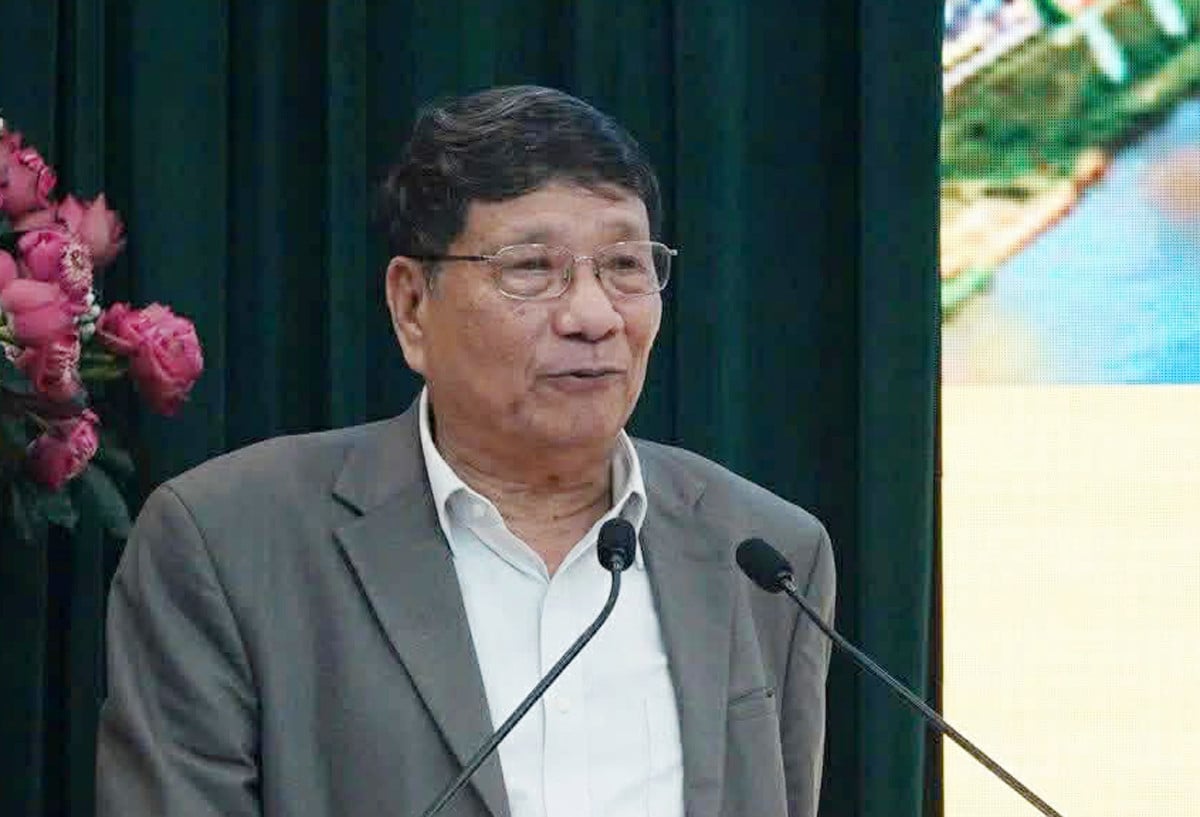
Associate Professor, Dr. Dang Van Bai. Photo: QN
According to him, the city must move beyond the concept of considering relics as just "frozen assets" and needs to recreate their functions or create new functions, helping heritage continue to live in a dynamic urban space.
Mr. Bai proposed to build a regional cultural heritage conservation fund following the trust and investment model. The fund is supervised by the government but operated by a professional, independent management board; not only receiving funding but also investing profitably to regenerate capital for conservation work.
The fund's revenue sources need to be diversified, linked to the regional economic development mechanism. In particular, public-private partnership (PPP) is a sustainable resource: investors are allowed to exploit heritage services but must contribute revenue or franchise fees to the fund, creating a cash flow between exploitation and conservation.
Intangible cultural heritage is people
According to Dr. Le Thi Minh Ly - former Deputy Director of the Department of Cultural Heritage, museums are institutions serving the community, playing the role of preserving tangible heritage and documents on intangible heritage.
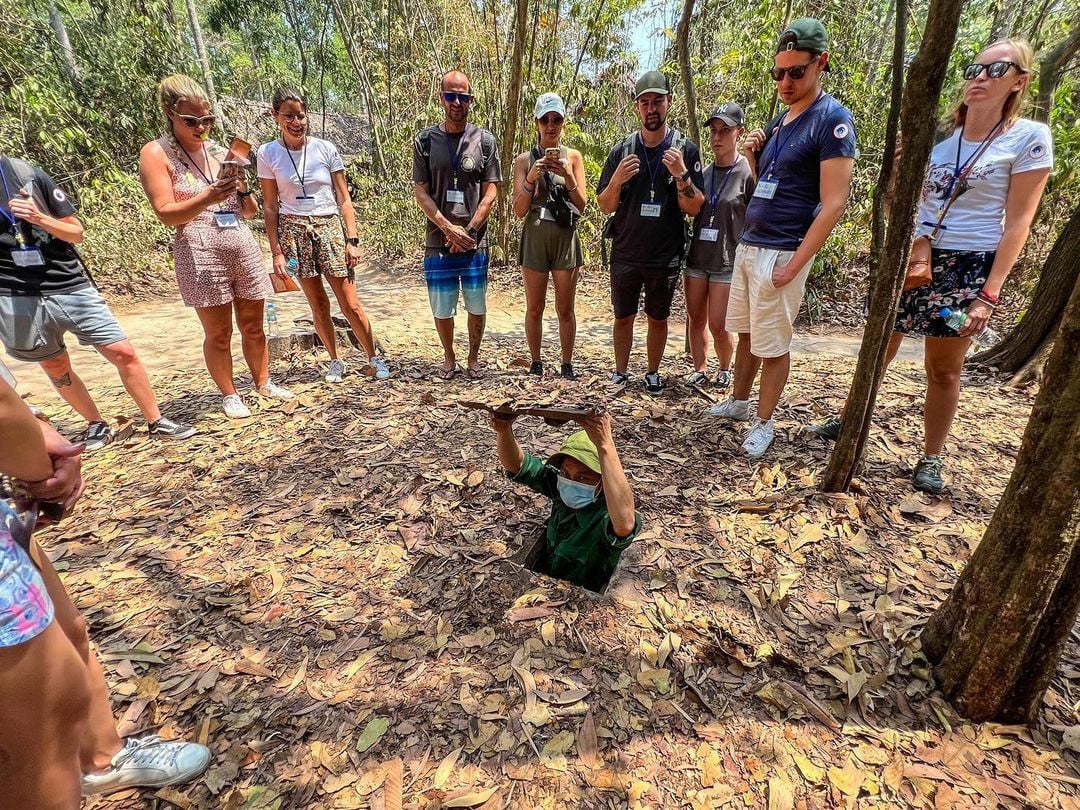
Cu Chi Tunnels are proposed to be recognized as a world heritage site. Photo: DL
The Law on Cultural Heritage (amended) passed by the National Assembly in November 2024 opens up opportunities for museums to operate more professionally from research, collection to public service.
Ms. Ly emphasized that intangible heritage is people, life, the process of inheritance - transmission - re-creation. This approach helps urban heritage not to be "frozen" but to continue to adapt to modern life, without losing its core values.
Ho Chi Minh City is a large, dynamic and always integrated city, so protecting intangible heritage is also a way to preserve identity, build style and serve people.
Mr. Nguyen Minh Nhut, Deputy Director of the Department of Culture, Sports and Tourism of Ho Chi Minh City, said that the resolution of the 1st City Party Congress determined to build an advanced Vietnamese culture, imbued with national identity, and to form "truth - goodness - beauty" people of Ho Chi Minh City.
The city is determined to achieve the goal of comprehensive human development, linking economic growth with social progress. Key tasks include: building a system of values and human standards for Ho Chi Minh City, developing “Ho Chi Minh Cultural Space”, perfecting cultural institutions and investing in preserving typical tangible and intangible heritages.
Source: https://vietnamnet.vn/tphcm-can-chuyen-tu-bao-ton-tinh-sang-bao-ton-di-san-song-2465861.html



![[Photo] Close-up of Ba Ha River Hydropower Plant operating to regulate water to downstream](/_next/image?url=https%3A%2F%2Fvphoto.vietnam.vn%2Fthumb%2F1200x675%2Fvietnam%2Fresource%2FIMAGE%2F2025%2F11%2F25%2F1764059721084_image-6486-jpg.webp&w=3840&q=75)
![[Photo] Prime Minister Pham Minh Chinh receives Governor of Gunma Prefecture (Japan) and Special Advisor to the Japan-Vietnam Friendship Parliamentary Alliance](/_next/image?url=https%3A%2F%2Fvphoto.vietnam.vn%2Fthumb%2F1200x675%2Fvietnam%2Fresource%2FIMAGE%2F2025%2F11%2F25%2F1764066321008_dsc-1312-jpg.webp&w=3840&q=75)



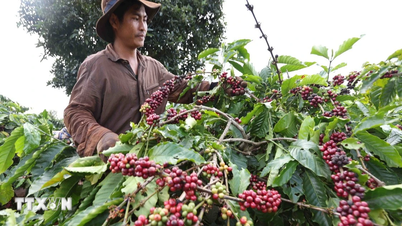

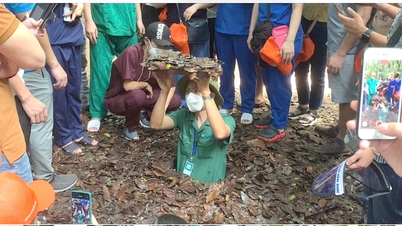

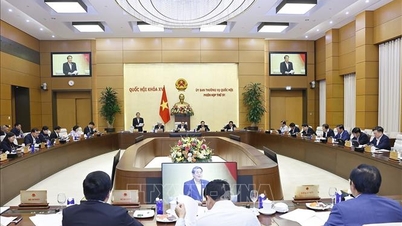

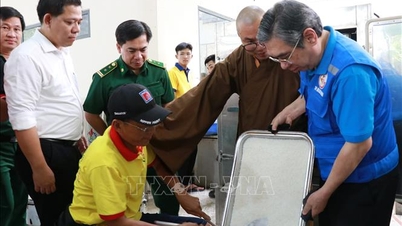


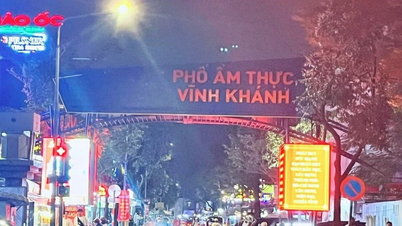







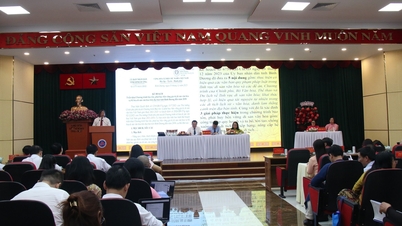













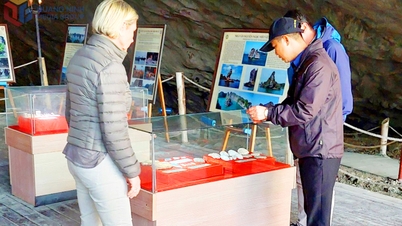



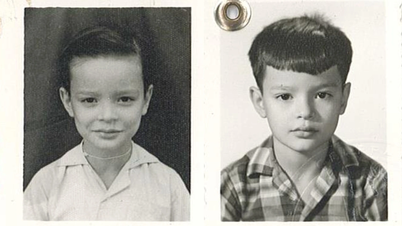








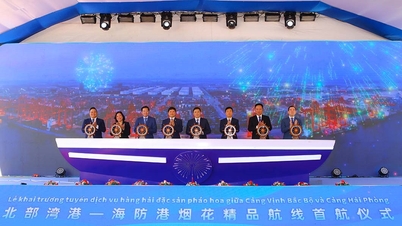

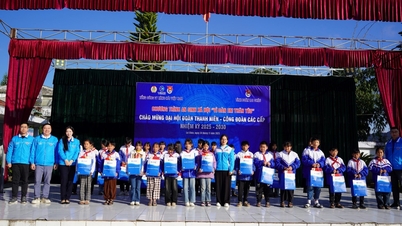


![[Answer] Should I install an elevator for an old renovated house?](https://vphoto.vietnam.vn/thumb/402x226/vietnam/resource/IMAGE/2025/11/25/1764039191595_co-nen-lap-thang-may-cho-nha-cai-tao-cu-khong-04.jpeg)

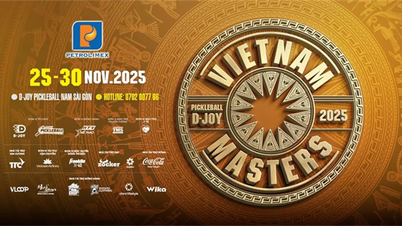













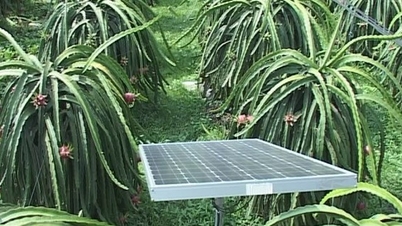



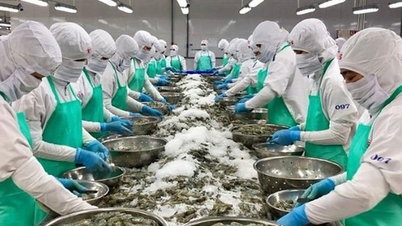
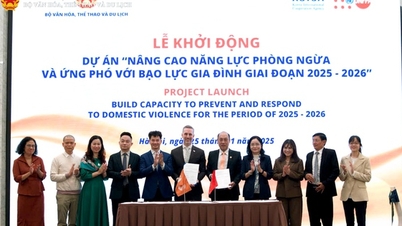

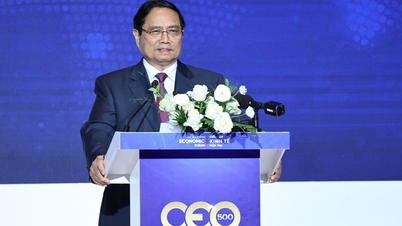




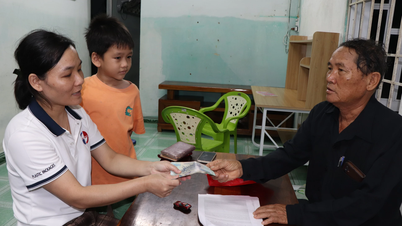













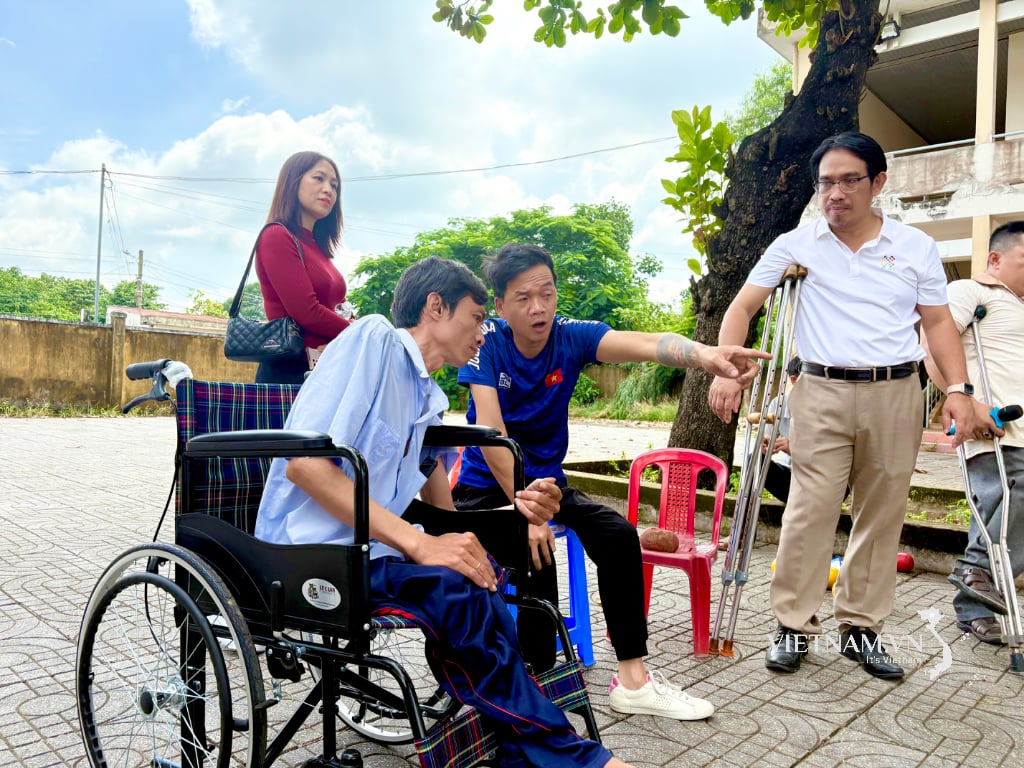

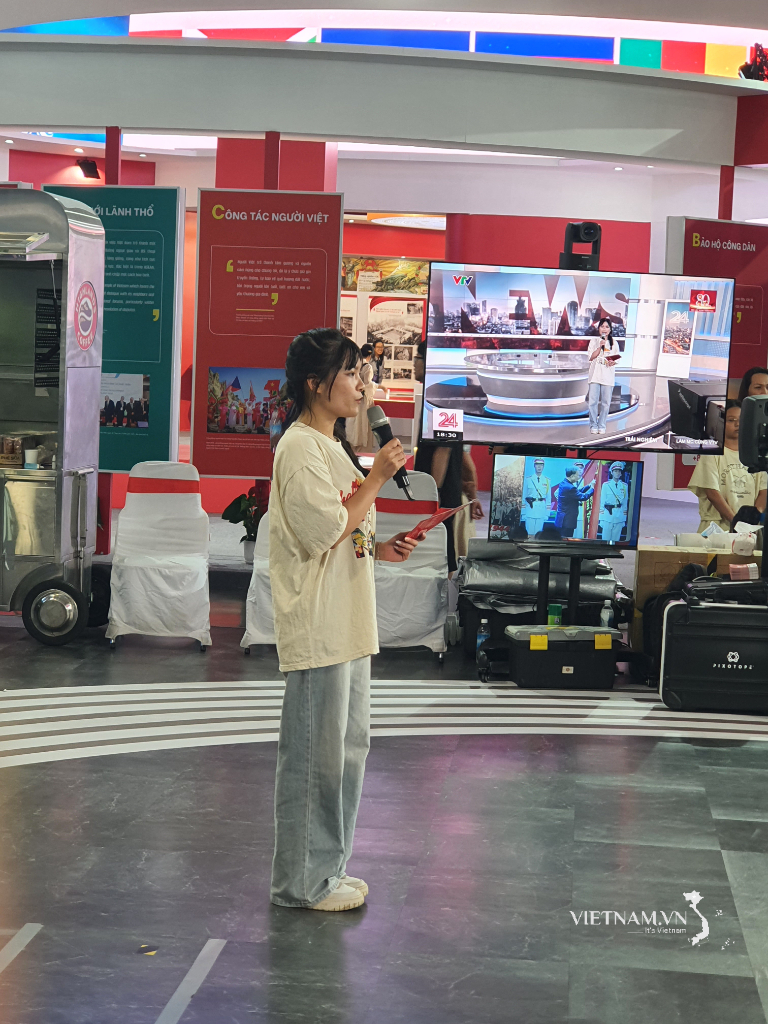
Comment (0)